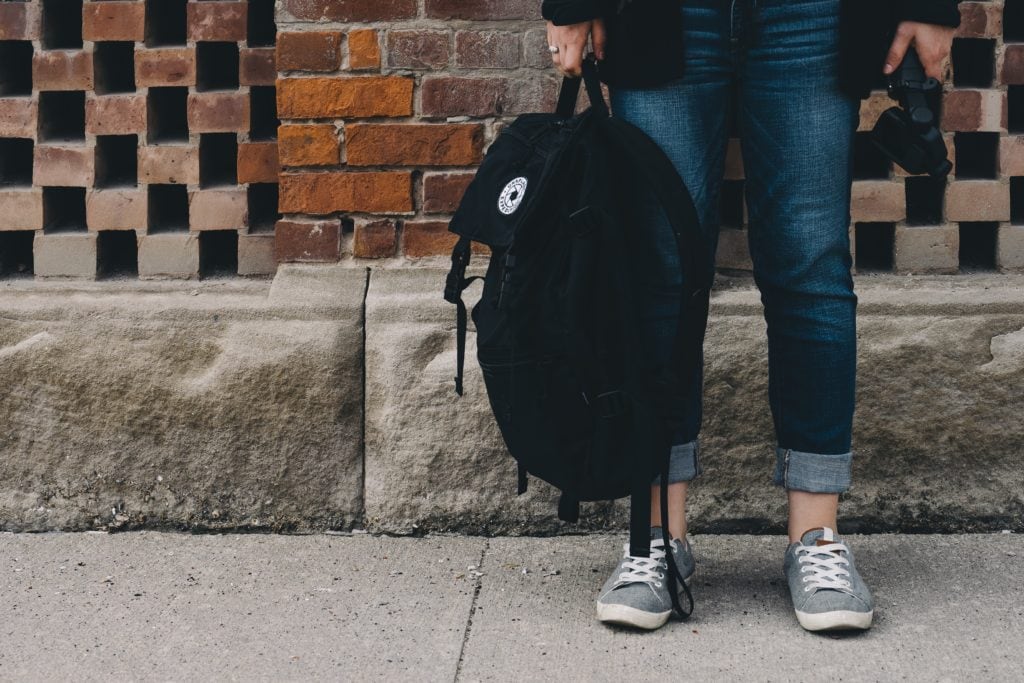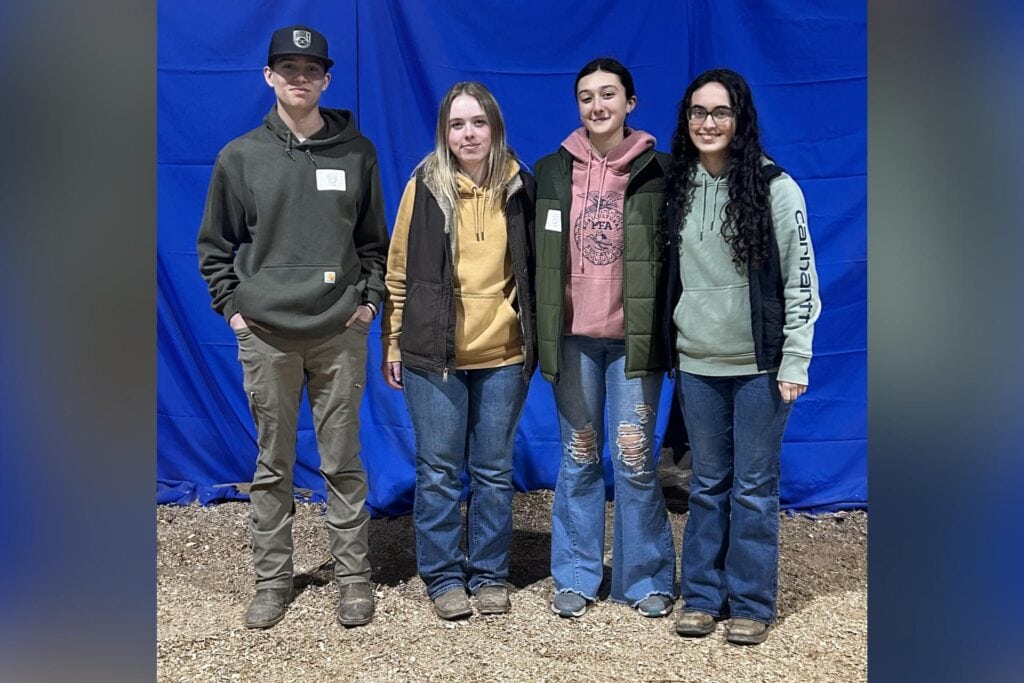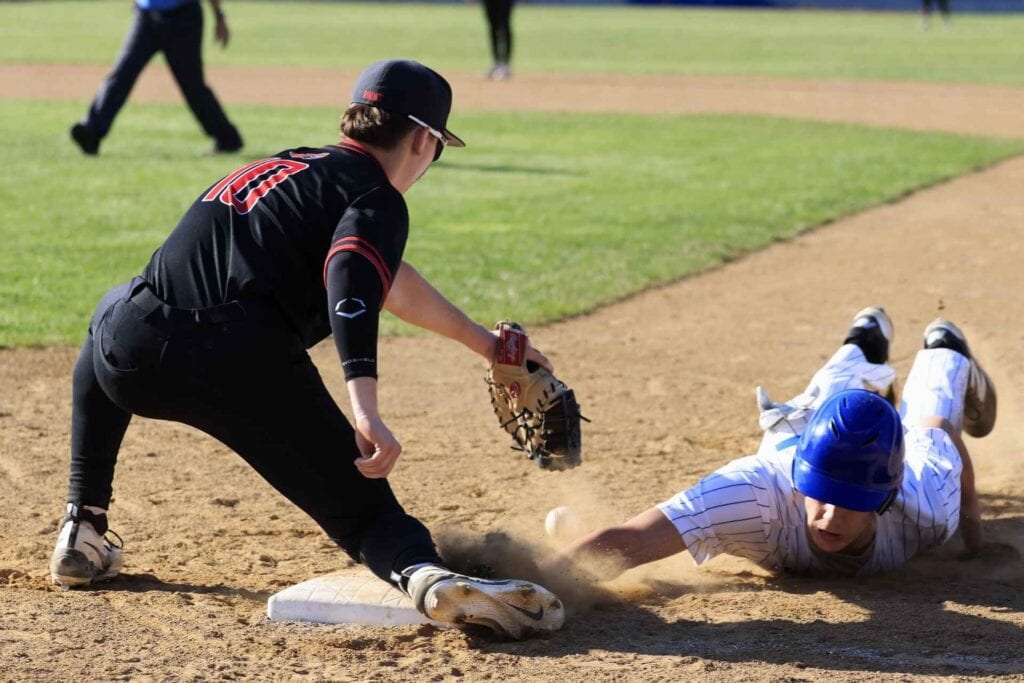CHARLESTON – Governor Jim Justice on Wednesday announced that by Aug. 14, county school boards must submit plans covering all possible re-entry options.
During his Wednesday COVID-19 briefing, the governor said that the target date for public school starting is still Sept. 8; however, he emphasized the situation still remains fluid. He additionally announced the state will fund a $6 million Kids Connect program that will be used to install Wi-Fi in all 55 counties including schools, higher education facilities, libraries and state parks.
Regarding the Aug. 14 due date, Justice said the frameworks “must have plans in place to minimize exposure and have the best health practices possible – social distancing, face covering, hand washing, disinfecting.”
“All counties must provide a plan to feed our children daily, regardless of the mode of instruction,” Justice added. “Counties must also continue to provide support services to students so students who need help will continue to receive it. I am committed to making sure we have resources to feed all our kids.”
The Upshur County Board of Education met Tuesday, July 28, 2020 in a special session to address their re-entry framework in the hopes of approving a plan; however, they decided to submit their current framework to the West Virginia Department of Education and explain that it had not yet been approved by the BOE.
That framework had contingency plans for attending school five-days-a-week and proposals for delivering lessons remotely online.
Local education officials react
Locally, Upshur County BOE President Dr. Tammy Samples weighed in on Justice’s education update, saying she believes the governor is making every effort to provide resources and guidance for schools, while allowing counties to create plans that work for them.
“For Upshur County, I believe that our current framework addresses the particular issues for items like social distancing and face coverings,” Samples said. “The remaining time (before the final plans are due) can be used to fine-tune the framework and allow schools to do the same with their school-level plans.”
The Upshur County BOE has a regularly meeting scheduled for 7 p.m. Tuesday, Aug. 11 at Buckhannon Academy Elementary School Cafeteria. Samples said the BOE may require an additional special meeting for planning, especially if COVID-19 statistics change rapidly.
“Our superintendent, directors and schools are constantly working to plan for any eventuality and may need input from the school board members,” Samples said.
During Wednesday’s briefing, Justice said sports would be evaluated on a county-by-county basis and suggested county school systems provide buses to transport students to sports practices, band practices, Wi-Fi access points and other extracurricular activities.
When asked about Justice’s suggestion that school systems provide buses to help kids get to sports and band practices as well as rides to access Wi-Fi hotspots, Samples said she feels that busing of students, in her mind, causes concern.
“Proper distancing is especially important in a confined space,” Samples said. “Proper staffing also causes concern as many of our bus drivers have other employment during their non-driving times. The financial piece is also a concern as we are always trying to work within our budgeted funds.”
Samples said she feels Upshur County already took steps to ensure access for the students by providing Wi-Fi hotspots in each of the school parking lots which was free to students.
“We provided Wi-Fi access during the pandemic at all of our schools,” Samples said, adding that Director of Federal Programs Jodie Akers has secured a grant to provide a Wi-Fi hotspot on buses to be parked in an area with limited access.
“If this is successful, we will explore other options to replicate this service,” Samples said. “We are working hard to put plans in place that ensure the safety of our students, staff and community,” Samples said. “We understand the seriousness of the situation and are working to find a viable solution.”
She said she feels the state has been supportive of county boards of education to this point.
“We have been promised assistance with the cost of feeding and delivery of meals to students since school was closed in March. It is my hope that support will continue as we are asked to feed those students who are attending school virtually. The costs associated with the delivery of meals goes far beyond the meals themselves. We must arrange drivers, as well as fuel and other costs associated with transportation,” Samples said.
She said she realizes this is a challenging time.
“There are no easy answers,” Samples said. “Our goal remains to keep students and staff as safe as possible.”
BOE Vice President Katie Loudin agreed the governor appears to be allowing for local control of COVID re-entry strategies.
“I will say, overall, that at least there were no surprises today in what [Justice] said,” Loudin said. “It does seem like the governor is trying to give as much control as possible to county-level boards and superintendents. I feel good about the process and the direction we’re headed in Upshur County.”
Upshur County Superintendent Dr. Sara Lewis Stankus said Justice and State Superintendent Clayton Burch shared the hard facts of what is an unforeseen and unprecedented situation that changes every day.
“In Upshur County, we are working to create learning opportunities in all possible scenarios,” Stankus said. “We understand that the situation continues to evolve, and our leadership is working on a variety of responses based on what the future may bring.”
Stankus said administration officials are in communication with school and community leaders to assure the choices are based on all facets of health: physical, emotional, social and intellectual.
“We are giving them all equal importance, but the safety of our students and staff is always at the forefront of our decisions, whether in our classrooms or at home,” Stankus said.
She said she feels Burch and Justice have never lost sight of the fact that students “need to be back in school.”
“However, we must do this with the utmost safety in mind,” Stankus said. “Upshur County Schools is committed to both of these charges.”
More details about the color-coded metric system
During his address, Justice said local data – including community spread and infection rates – will continue to be monitored.
“We will develop in the near days … a code system which will be ‘green, yellow, orange and red,’” he said. “From that, we will be able to look at a facility and say this county has this level of the metric, and it is beyond what we think is acceptable for all students to be in school or for the school to be open. In that county, in that point in time, we will not have school open – we will do it all virtually until we get the numbers down.”
More details regarding the color-coded metric were provided in a press release sent out by Justice’s office Wednesday evening.
According to the release, depending on how each county is performing, they will each be assigned one of four colors: green, yellow, orange, or red.
According to the code system as it is currently envisioned:
- Green will indicate that a county is experiencing minimal community transmission, allowing counties to operate under general re-entry guidelines while continuing to follow best health practices to prevent the spread of the disease.
- Yellow will indicate that a county is experiencing moderate community transmission and increased restrictions may be necessary.
- Orange will indicate that a county is experiencing higher community transmission and further restrictions will be necessary, in collaboration with local health officials.
- Red will indicate that a county is experiencing substantial community transmission. Under these conditions, all in-person instruction would be suspended, and remote learning plans would be activated. Staff would continue essential support services, including meals, student engagement, and special education.
Clayton Burch, state superintendent of schools, said whether students attend school in-person or virtually, the goal will be “one caring adult” for each student in the state.
Connecting kids to the internet
Another part of Justice’s announcement was committing $6 million for Kids Connect Program.
“Today, I am committing that all students in the state of West Virginia have access to our broadband,” he said, explaining by Sept. 8, there will be 1,000 wireless locations spread through all 55 counties.
“It will be at all K-12 schools, 32 higher education schools, 255 libraries and 31 state parks,” Justice announced. “Today, we have 40 percent of our kids who cannot get on to broadband. This will allow kids to go to one of these 1,000 locations and get their assignments.”

Justice said one question with this is, ‘What if the kids can’t get there?’
“We are going to provide bus transportation to get them there,” Justice said. “That’s all there is to it. We have to get them there.”
Justice said while this transportation is expensive, there is “nothing more important than our kids,” and that the 1,000 sites is just a Band-aid as the state moves ahead.
He said that if kids do not have a laptop or tablet, that one will be provided to every child in the state.
Face mask requirements
One question from the media was whether all children would be required to wear face coverings or whether face coverings would apply to students in private schools.
“I think the subject of masks is still being kicked around a bit,” Justice said.
Burch said the recommendation was for students ages 9 and above to wear face coverings.
“We also are watching and listening to Dr. (Clay) Marsh, and this is where that map may help us quite a bit,” Burch said. “There may be some further restrictions we need to look at when those maps are put out.”























